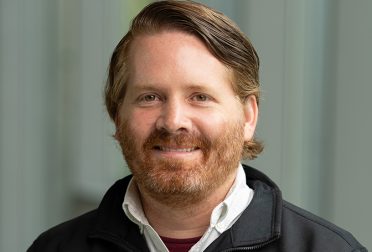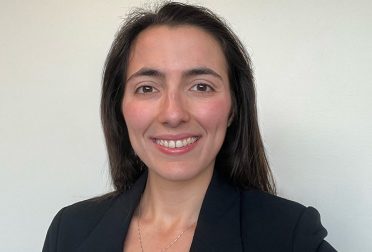Prof. Steven D. Eppinger has been involved with SDM since its founding and currently serves as the faculty director from the Sloan School of Management. In addition to teaching a series of lectures in the Core course, Steven works with students on their master’s thesis research. He is the General Motors Leaders for Global Operations Professor and a Professor of Management Science and Engineering Systems
How would you describe “systems thinking”?
Systems thinking is reasoning about the system and its performance as a whole – understanding that a system comprises many subsystems and components and each performs a different function. Very often systems have behaviors that are not obvious when looking at how each individual component behaves. Those behaviors may be greater or lower in magnitude than expected, or they might be counterintuitive or unintended from the design and construction system. So systems thinking helps us reason about – even anticipate – the performance of systems by thinking about their whole behavior.
You could take the example of healthcare in the United States, Obamacare or Medicare for All. You could reason at the top level that we spend 2.5 trillion dollars on health care, so that’s enough to fund everybody for everything. Well, that’s a very high-level analysis. But if you look at how the actual systems work, it’s not at all clear that you can make ends meet that way. Maybe we will achieve those efficiencies, but maybe we won’t. If we look at this example with systems thinking, we’d look at all the different stakeholders, all the different players, and all the different behaviors to get into how it would actually work – the flows of the money, the flows of the treatment, the flows of the patients. It’s easy to understand any one of them, but understanding how they work as a system, that’s what systems thinking is about.
What do you consider the most important elements of the SDM program?
The most impactful elements of MIT SDM are the way we teach students to think about systems based on all the various aspects of design, development, engineering, integration, management, and operation, and how all of this operates within the context of some ecosystem of stakeholders. All of that is reasoning about the system together. There isn’t a single lecture on that, but we develop this way of thinking and solidify this knowledge through applied projects.
The other distinct thing about the program is that it’s here at MIT. Students don’t just take our SDM curriculum, they take other courses in the Sloan School of Management, in the School of Engineering, in other departments with other students in various degree programs. That gives students a huge menu of options in terms of course work and a huge set of interactions with a vast network including student peers, faculty, and businesses that you wouldn’t get anywhere else.
What is the thesis process like?
There are multiple pathways through SDM that have different durations but the endpoint is almost always a thesis in the final two semesters. Generally students spend one semester defining a thesis – identifying a topic and working with a faculty advisor to fine-tune the topic and develop a plan of work. Then in the second semester, they execute that plan.
Typically students define an interesting system challenge that they want to dig into. It could be something related to their job or work experience, or it could be something they learned about in class. It’s the student’s opportunity to do something of their own definition as opposed to what you might do at work – something someone else defined. For a thesis project, if they’re really interested in a particular issue, like the future of cybersecurity in the food chain, they can dig into that. Or they might go to a faculty advisor who focuses on a particular area and get assistance defining a topic.
The second part is executing the defined topic, which takes various forms. Some students need to do fieldwork and collect data. For others, it’s more theoretical or they’re building an analytical model. The third part is writing it up, sometimes as a publishable article that might be submitted to a journal or conference, but always in the MIT format so it can be made publicly available online for anyone to download and read.
An alternative approach some students take is to get involved in a research group or lab on campus. They are part of a bigger research effort and take on a chunk of it as their master’s thesis. Finally, some students are employed while enrolled in the program and very often these students will take on a challenge related to their business and address it using the tools learned at SDM. This would be immediately applicable to work, but it can’t be entirely proprietary; it still needs to be written up and submitted as a thesis.
What makes the MIT SDM program stand out from others?
Our program is focused on the systems view needed in a range of complex systems industries. This program is ideally suited for individuals who want to be technical leaders in these industries. Other programs aren’t about scale and complexity the way MIT SDM is. That’s one of the aspects that makes our program special and unique among engineering management programs.




